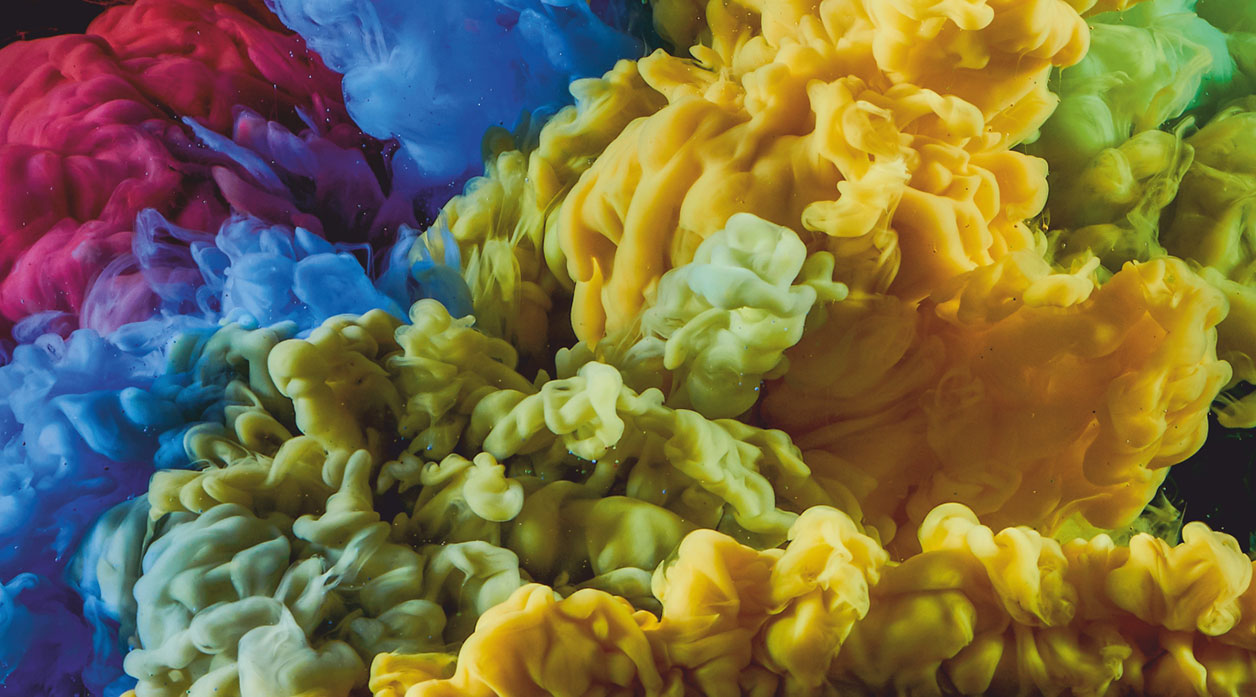What Are Mineral Paints?


Paints typically consist of 3 main components: Pigments, Fillers and Binders. Pigments lend color and opacity to the paint. Fillers help in bulking the paint film when dry and ensure protection against the effects of weather. Last but not the least, the binder which ensures that the pigments and fillers are held together firmly and also adhered to the surface being painted.
Fillers are almost always mineral in nature. Fillers such as Calcium Carbonate, Talc, Mica, Quartz, Feldspar and Clays are commonly used in the paint industry. These are sourced from geological deposits and are mined and processed into the finished form in which they are finally used during the paint making process.
Pigments are of mainly two varieties: Organic and Mineral. Organic pigments are carbon-based structures with certain groups called chromophores that are responsible for their intense color. They are of practically unlimited variety and extremely versatile. Modern day acrylic paints typically rely on organic pigments for a majority of their shades. Organic pigments have the drawback of being vulnerable to weathering and thus tend to fade over a period of time (See our article on “UV Stability of Zydex Silicate Mineral Paints and the Si-O-Si Bond”). Mineral pigments are typically metal oxides that have distinct coloring properties. Being in a highly oxidized state, they are not prone to further weathering and retain their coloring properties over 20+ years. Furthermore, due to their high refractive indices, they have excellent hiding power and opacity. Inorganic pigments are somewhat limited but good progress has been made in the last 20 years to cover almost the entire color space. Certain bright colors such as blue, orange, lemon yellow etc. are made using rare earth metals and so can raise costs significantly.
Binder is the possibly the most important determining factor when it comes to durability of the paint. These are also of two varieties: Organic and Mineral. Organic binders such as Acrylates, Polyurethanes (PU), Alkyd (Oil based) etc. are carbon-based and similar to organic pigments, are prone to weathering and deterioration. Modern decorative paints are almost always acrylate based. Even within acrylates, a distinction is often made between Styrene-acrylates and pure acrylates. Pure acrylates have a longer lifespan and thus typically sold at a premium.
Mineral binders on the other hand are based on earth derived materials and not based on carbon. Silicates, Lime and Cement are some examples of popular mineral binders. Lime and Cement are economical but have problems with weathering and typically offer similar lifespan as modern acrylic paints. Silicates on the other hand are based on silica, a very durable material and can last for decades when formulated correctly (See our article on “What is Potassium Silicate?”)
Thus, when all 3 main components of the paint are mineral in nature, such paints are typically referred to as Mineral Paints. In particular when silicates are used as a binder, the paints tend to be extremely long lasting. At Zydex, our silicate mineral paints are specifically formulated for enduring unusually harsh tropical. (See our article on “The Unusual Intensity of the Indian Monsoon”) and keep your walls looking beautiful for decades!





